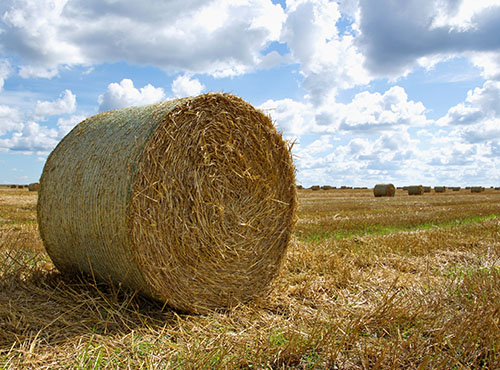Quality Forage during Hard Economic Times
Jul 26, 2023

When forage is the main segment of the diet, quality of a pasture or crop will ultimately be determined by performance of the animal (growth, reproduction, lactation, performance in a horse, etc.). Forage quality, defined simply as the ability of a given forage to meet nutrient needs of the consuming animal, can be affected by multiple factors. Feed represents larger portions of production costs, and from a general sense, similar costs will be incurred whether forage is determined to be good or poor quality. Providing the best possible forage determines the amount of supplemental feed to be purchased to meet animal requirements. Undoubtedly, input costs for maintaining necessary forage growth and health will be much higher than in past years. Just as with the animal, requirements for desired level of performance do not necessarily change when fertilization or crop protection costs change.
Consider the following:
Forages can produce the most affordable rations to feed livestock. Forage production can be most profitable through simple managerial practices, and it is very important to understand the cost of forage production. Our Co-op Feed & Animal Health Specialists can assist in determining the best possible course for balanced rations. Find the Co-op nearest you here!
Consider the following:
- Determine what quantity of forage will be necessary to supply animals to be fed.
- Obtain a suitable and representative soil sample and apply as necessary.
- Manage weed growth.
- If producing hay, prevent storage loss and wastage.
- Plan to harvest forage at the appropriate time.
Forages can produce the most affordable rations to feed livestock. Forage production can be most profitable through simple managerial practices, and it is very important to understand the cost of forage production. Our Co-op Feed & Animal Health Specialists can assist in determining the best possible course for balanced rations. Find the Co-op nearest you here!